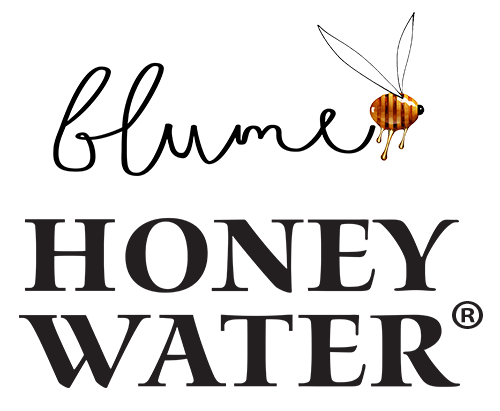Why You Should Build A Bee Hotel
If you’re not quite ready to take the plunge into full beekeeper status, one option for garden- and pollinator-lovers everywhere is erecting a bee hotel near your garden.
Sometimes called nesting tubes, nesting boxes or simply bee houses, a bee hotel is an effective way to attract bee species close to your gardens. There are so many different ways to construct this simple structure and everyone will have opinions, but anything you do to save, protect and promote pollinators is welcome and the bees thank you.
VARIATIONS ON A BEE HOTEL
The bee hotel ranges from something as simple as a few hollow reeds bundled together to elaborate framed structures that you can buy. Bee hotels tend to attract mason bees and leaf-cutter bees. In the U.S. alone there are 3,600 species of wild bee.
The famous fuzzy bumblebee doesn’t inhabit bee houses but instead nest in the ground or even in old rodent nests. Wild bees (as opposed to “domesticated” honey bees) are much smaller and much less flashy.
What’s fascinating about wild bees is that they like to nest in decaying wood by tunneling in. They prefer fallen logs or even hollowed-out stems. That’s why these wild bees will love seeing a new bee hotel erected in their neighborhood (your garden). These are solo bees. They like one tunnel or tube of their own. They don’t want to buddy-up.
TIPS FOR BEST BEE HOTELS
For spring-nesting mason bees, the best time to put up a bee hotel is in late winter, but other bee species will use the tubes throughout the growing season, so there is no bad time to install one. It may take a while for the bees to find it, but they will arrive.
Bee hotels can be made from something as simple as a few hollow reeds bundled together. Reeds and grasses are easy to collect. Tie off the stems, cut them to the desired length and bundle them together.
The tubes should be at least six inches long to allow for a sufficient brood chamber.
Make sure to secure the tubes or hollowed wood so they don’t blow around in the wind.
Place your bee hotel below an overhang to keep it dry but not too close to the ground!
Position your bee hotel to face the morning sun, so the bees can warm up early in the day and get about their work.
The tubes or hollowed-out structures should be removable for good bee house sanitation. Sadly, fungal diseases can build up and sicken the bees and then all is for naught.
One cool feature of a bee hotel is you can collect the tubes in the fall, dismantle them carefully to examine the hibernating cocoons and discard the pupae that have disease or parasites. The healthy cocoons should then be stored in a cold, sheltered spot – not indoors – over the winter so they can emerge in the spring (garage, shed).
Other experts say you don’t have to go to such trouble to be a successful bee hotelier since replacing tubes every year or two is sufficient.
BEE HOTEL NO-NO LIST
What shouldn’t you do? Some experts advise against assembling bee hotels that are too large because the concentration of bees will invite disease, parasites and predators.
Here are some other reminders of what not to do or use:
Don’t use plastic straws, because they won’t wick moisture away from the nests.
Pollinator hotels incorporate bee tubes but offer materials and habitats for a wider range of desirable invertebrates. This breadth of function may make managing the bee tubes more difficult.
Don’t just drill holes into blocks of wood and call it good. These are difficult when trying to keep away diseases and pests.
Essentially building a bee hotel may be more for our benefit than for the bees, because these creatures are around anyway. Bee houses are a small part of what you can do to protect pollinators. The best way to welcome wild bees is to garden with them in mind: avoid using pesticides, plant lots of perennials and grasses, and let fallen branches lie to give these insects the sort of natural habitat they used long before bee hotels were even a fun thing to make.
By welcoming all wild bees, we get a practical benefit: They are good at pollinating garden plants, so we get fruit and vegetables and seeds and berries and flowers to enjoy.

